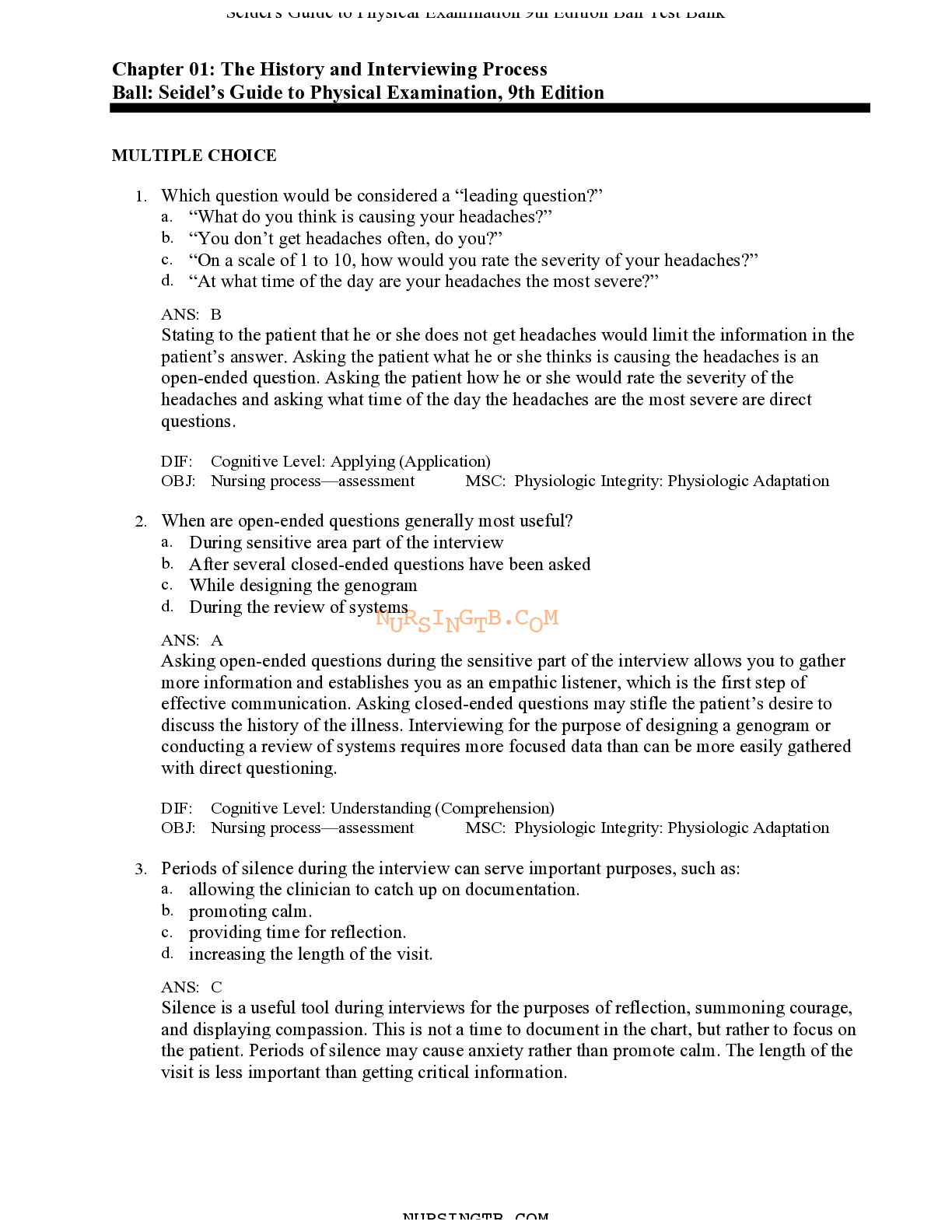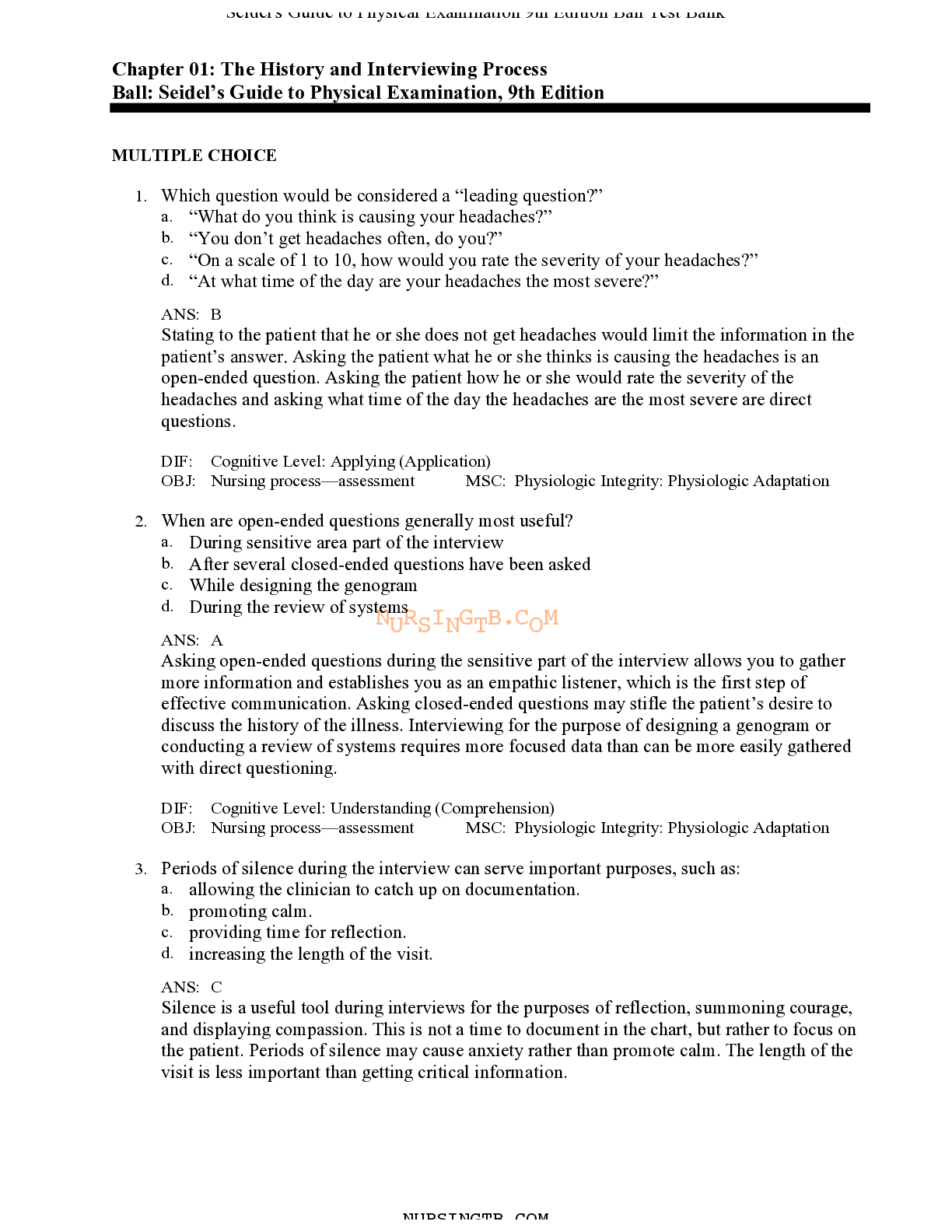Seidel’s Guide to Physical Examination, 9th Edition
Course
Project Management
Subject
Chemistry
Category
Questions and Answers
Pages
198
Uploaded By
ATIPROS
Preview 5 out of 198 Pages


Download all 198 pages for $ 17.50
Reviews (0)
$17.50
